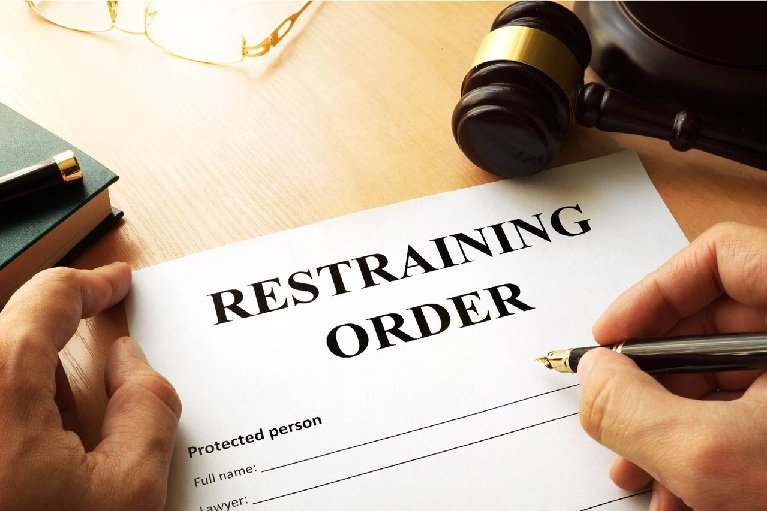Facing a restraining order violation is stressful. You’re likely feeling overwhelmed, and that’s okay. What you need now is clarity and guidance. First, understand what this violation means. A restraining order is a legal rule you must follow. If you break it, the consequences can be serious. You might face penalties or jail time. Don’t panic. Instead, take immediate steps. Contact a family attorney as soon as possible. They can offer clear advice and support. Gather any evidence or documents related to the violation. This information will help your attorney. Stay calm. Avoid any further contact with the person involved in the order. This action can prevent more problems. Remember, you’re not alone. Many people have been where you are now. You have options and support available. Taking these steps will help guide you through this challenging time.
Understand the Basics of a Restraining Order
A restraining order is meant to protect individuals from harm or harassment. It can be issued for various reasons such as domestic disputes, stalking, or threats. Knowing the specifics of your order is crucial. You can typically find this information on the legal documents you received when the order was served. If needed, request a copy from the court where it was issued.
Each state has different laws on restraining orders. Contact your local courthouse or check online resources from government websites, such as the U.S. Courts, to learn about specific regulations in your state.
Consequences of Violating a Restraining Order
Violating a restraining order is a serious offense. Consequences typically include fines, custody issues, or even jail time. Courts consider these violations seriously to ensure the safety of the involved parties. Below is a table illustrating possible consequences:
| Violation Type | Potential Consequences |
| Minor Infraction | Fines, Warning |
| Repeated Offenses | Increased Fines, Jail Time |
| Severe Infraction | Significant Jail Time, Larger Fines |
Immediate Actions to Take
When you realize there’s a violation, immediate action is important. First, stop all contact with the person involved. This step prevents further complications. Document every detail related to the incident, such as times, locations, and any communications. This information aids your legal defense.
Reach out to a family attorney who specializes in restraining order cases. This professional can assess your situation and develop a strategy tailored to your case. They can also speak on your behalf, reducing direct confrontation.
Prepare for Court Hearings
Attending court hearings is often required in these situations. Dress appropriately and arrive on time. Respect court procedures. Present yourself calmly and respectfully. Your behavior can influence the outcome of your case.
Your attorney will guide you through this process. They will present evidence and argue your case. Trust their expertise and judgment.
Long-Term Strategies for Resolution
In the long term, aim for resolution and compliance. Review the conditions of the restraining order and adjust your behavior accordingly. Consider seeking counseling or support groups if needed. These resources can offer emotional support and practical advice.
Additionally, stay informed about your rights and responsibilities. Many educational resources are available online. For more information, visit sites like Cornell Law School.
Conclusion
Facing a restraining order violation is daunting, but managing it with the right approach makes a difference. Stay informed, take immediate action, and comply with legal advice. Remember, support is available, and you’re not alone. With careful planning and the right guidance, you can navigate this hurdle successfully and move towards resolution.






